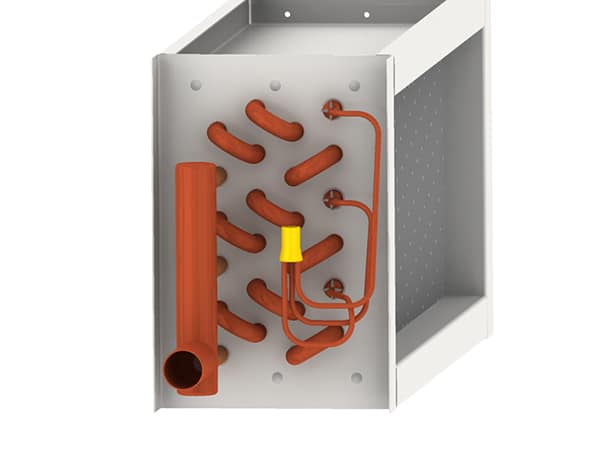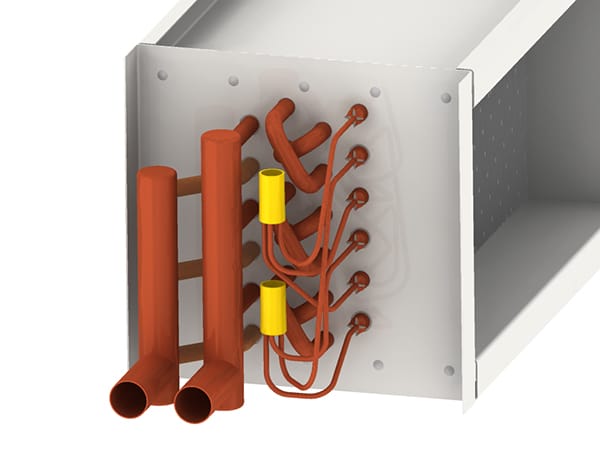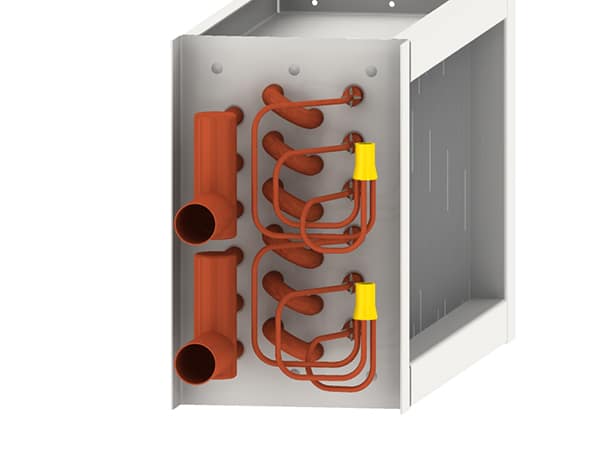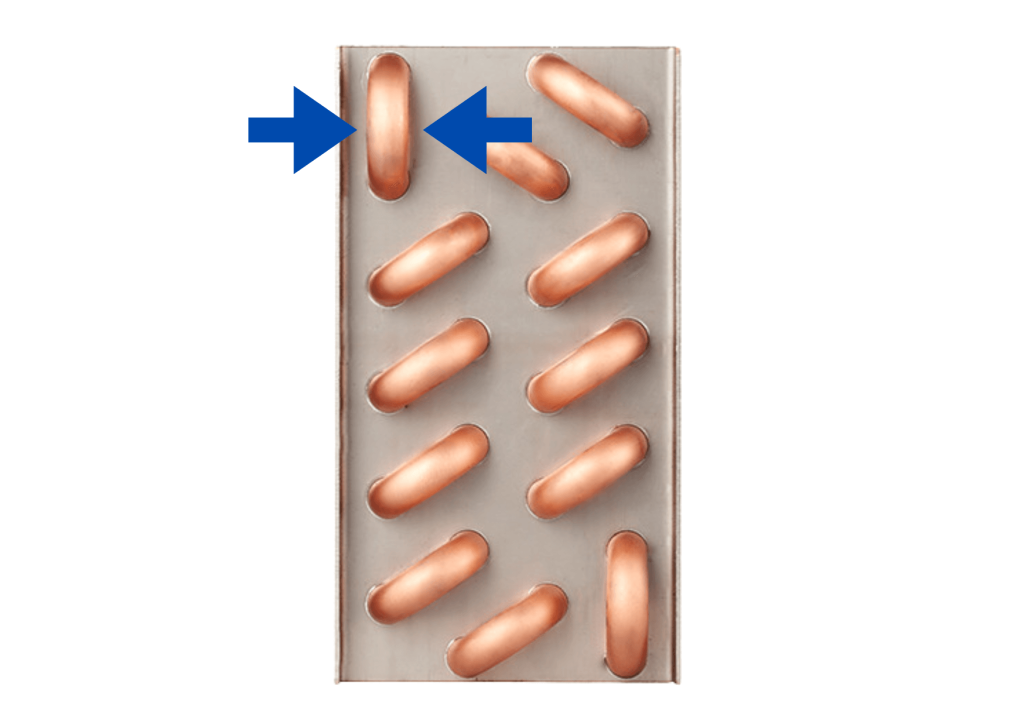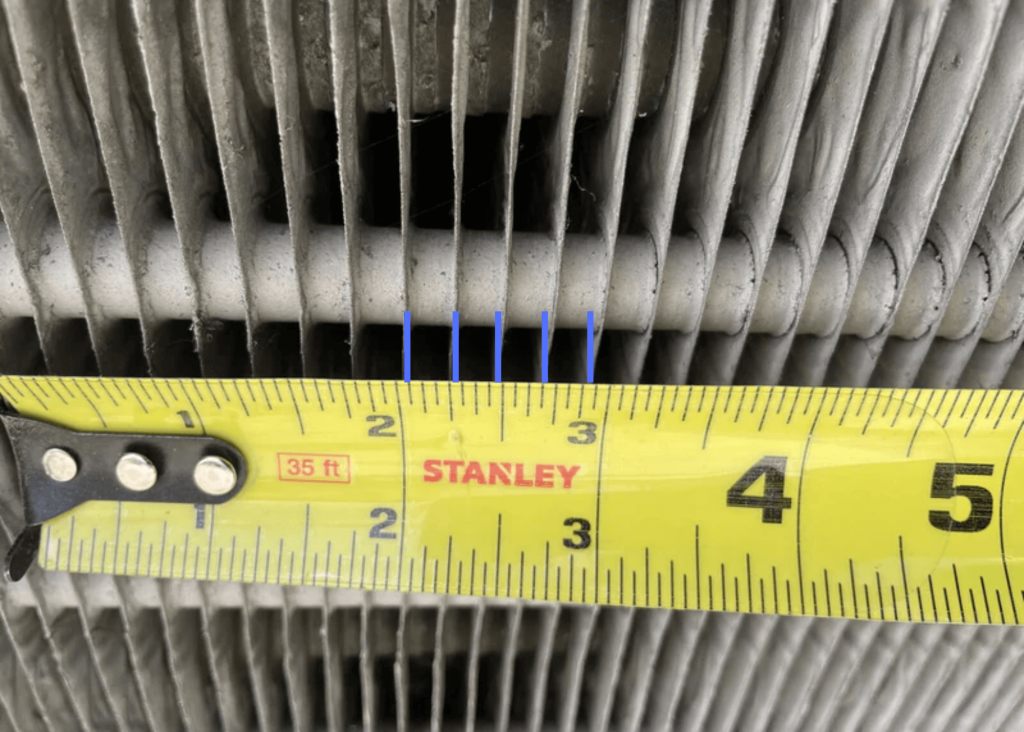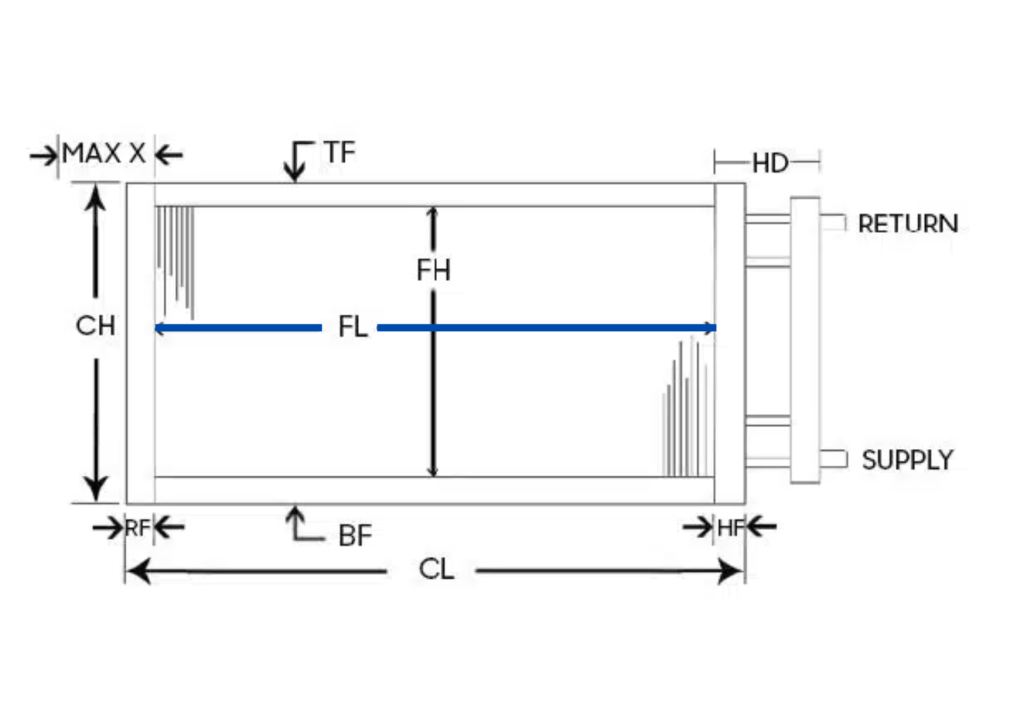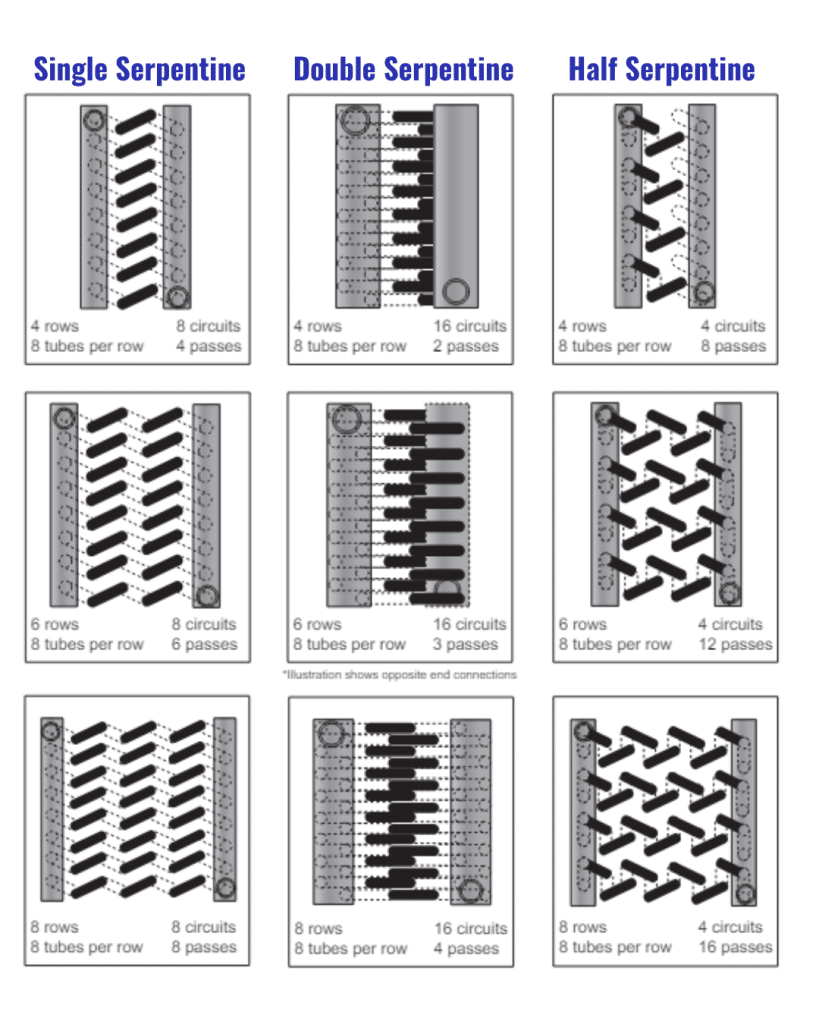LJ Wing
Founded in 1875, LJ Wing excels in steam heating solutions and fan systems. Their Integral Face and Bypass (IFB) steam heating coils, in vertical and horizontal designs, ensure freeze protection and precise temperature control without steam valve modulation. Suitable for air handlers up to 77,000 cfm (VIFB) and 50,000 cfm (IFB), these coils offer flexibility […]


